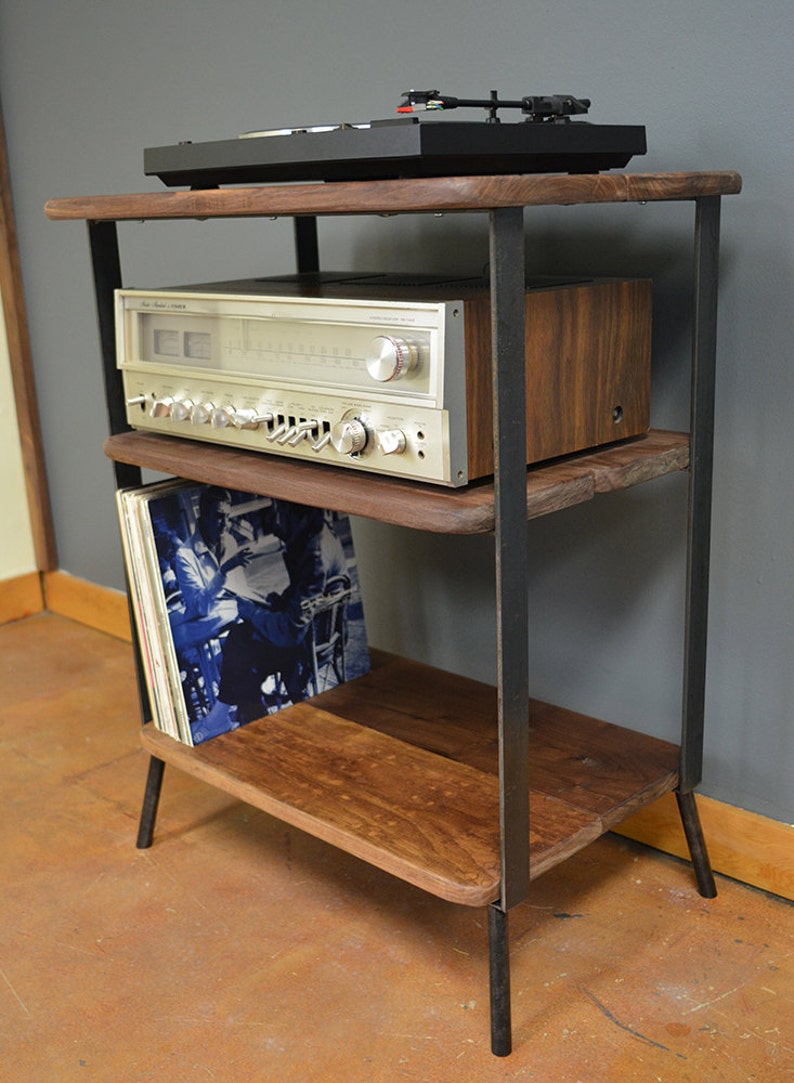


Richter’s revisions bring to mind the philosophy of the “deconstructivist” cooking style invented by Ferran Adrià at his world-famous restaurant, El Bulli. I began my critical listening with an amuse-bouche: Max Richter’s “recomposition” of Vivaldi’s The Four Seasons, with violinist Daniel Hope, and André de Ridder conducting the Berlin Concert House Chamber Orchestra (LP, Deutsche Grammophon 476 5041).

So I began my critical listening only after the Crimson had been played for 60 hours, and used the MC input of my Luxman L-590AX integrated amplifier (100 ohms) rather than my separate Luxman phono stage, as the latter’s MC load options of 2.5 ohms and 400 ohms were outside the Crimson’s recommended range of 25-250 ohms. Randy Forman was explicit regarding the two steps required to get the best sound from the Crimson: Give it plenty of time to burn in, and set the loading impedance within the recommended range. Comparison cartridges were Miyajima Laboratory’s Shilabe and Koetsu’s Rosewood Signature Platinum. The primary components used for this tasting were my Luxman L-590AX integrated amplifier, Jamo R909 and Vivid Audio Oval K1 speakers, Skogrand Ravel speaker cables and interconnects, and a Garrard 301 turntable on a Woodsong Audio plinth with AMG 12J2 tonearm. The Crimson Stradivarius has a recommended vertical tracking force (VTF) of 1.35-1.5gm and an optimal range of load impedance of 25-250 ohms. Design elements include high-output (0.9mV), 24K-gold coils, a samarium-cobalt magnet, a boron cantilever, and a proprietary van den Hul stylus. A body of polycarbonate is available by special request. The Crimson, a hybrid of his Canary and Condor designs, is available in natural light and dark wood colors, as well as in, well, crimson. The Crimson Stradivarius is a hand-built, moving-coil phono cartridge with a koa-wood body coated with a special Stradivarius Formula lacquer - about which A.J. You can read that interview this month on SoundStage! Ultra. He was gracious enough to answer my questions, including several about the mystery of his apparent continued youthfulness, after Randy Forman of Finest Fidelity, Inc., van den Hul’s US distributor, had sent me a sample of AJvdH’s latest pièce de resistance: the Crimson Stradivarius phono cartridge ($4995 USD). van den Hul, a Dutch designer of audio components, delights in disproving this truism.

Most audiophile components have shelf lives shorter than that of the wheels of the Parmigiano-Reggiano that is a staple ingredient at Osteria Francescana, and our cerebral cortexes rarely reach 70 without some degree of cognitive decay. Stereo equipment and brains, however, are things that do not typically improve with age - although my Shindo Laboratory Cortese amplifier is an exception. Drizzled over risotto, shaved Parmigiano-Reggiano cheese, arugula, or fresh-picked berries, Manodori’s complex, multilayered taste is a perfect example of how well certain things in life can age. On the short list of objects in my house that are getting or have gotten better with age are a 1989 bottle of Krug Champagne, my cast-iron frying pan, my wife’s red hair, and a bottle of Manodori - Bottura’s meticulously crafted, perfectly aged balsamic vinegar. Netflix’s Chef’s Table is a visual and gustatory feast, and the first episode introduced me to the culinary talents of Massimo Bottura, chef of the three-Michelin-star Osteria Francescana, in Modena, Italy.
#Kanso audio furniture tv#
Just before he left for college, my son turned me on to a TV show that’s become my new binge-watching passion.


 0 kommentar(er)
0 kommentar(er)
